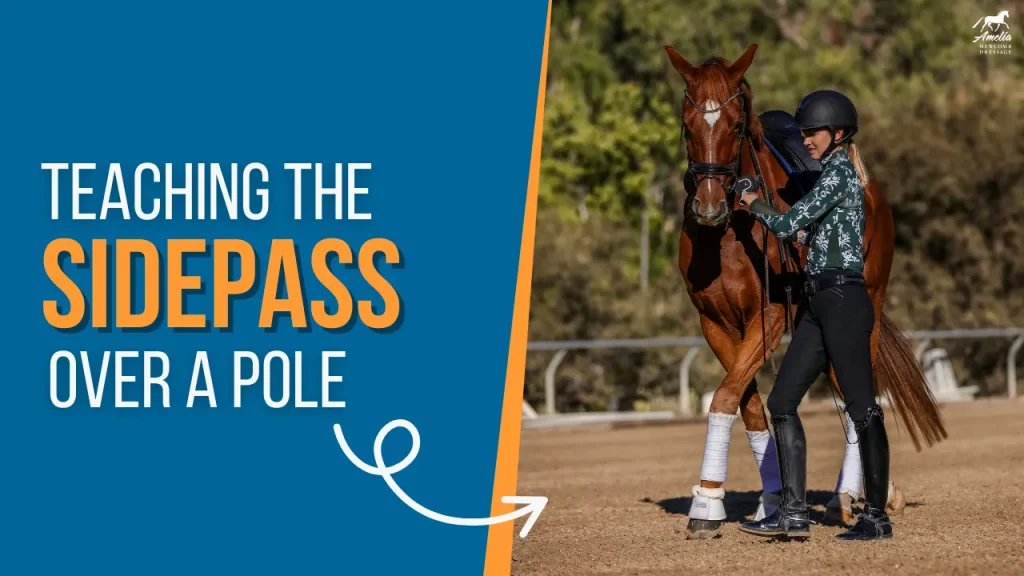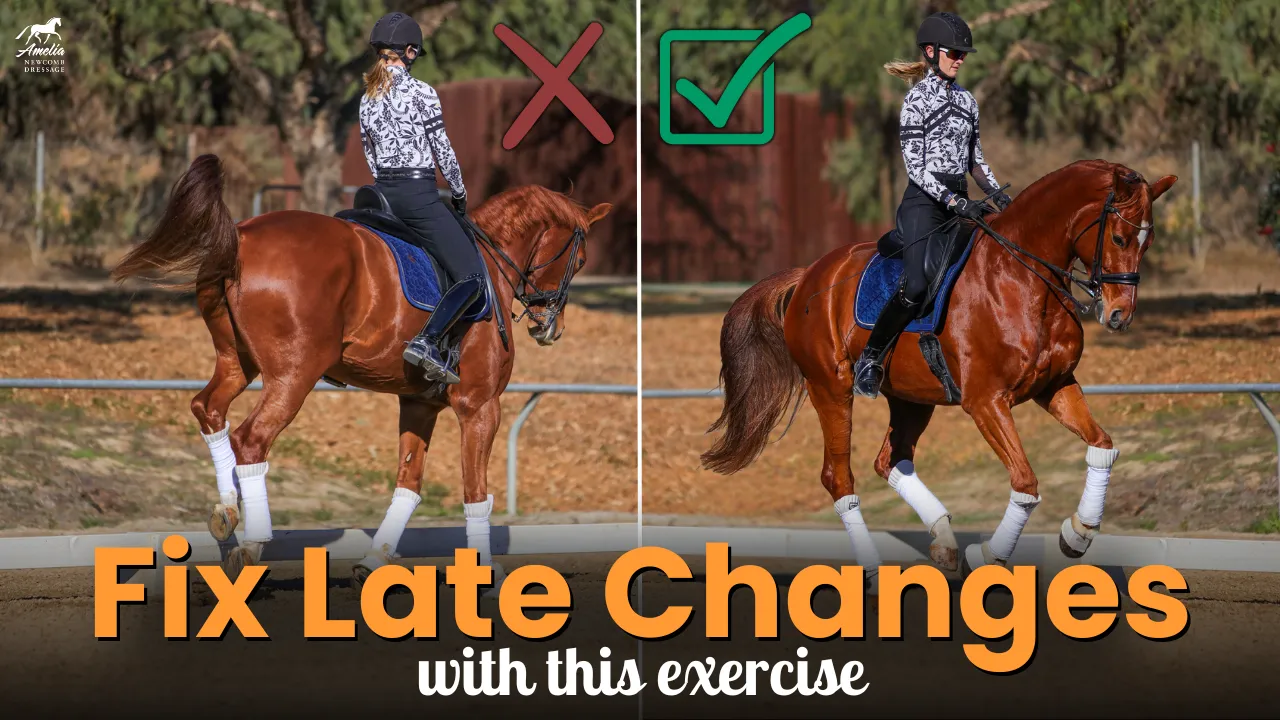Shoulder-in is an extremely important movement in Dressage. It can be described as “the parent” to all Dressage exercises. Shoulder in helps to straighten and to engage the horse and it is what you use to prepare for transitions, half passes, and pirouettes!
Shoulder-in is a 3 track movement where the horse brings the shoulder off of the rail and the hind end stays on the rail. The horse should be bending in the body for this movement and should engage the inside hind leg and lift up more through the withers and front end.
The Aids for shoulder-in are as follows…
- Inside leg at the girth – the horse must bend around the inside leg
- Outside leg behind the girth – to keep the horse from swinging out with the hind end
- Inside seat bone – to place the weight of the rider over the horses’ center of gravity
- Outside rein brings the shoulders-in off of the rail
- The inside rein to flexes the horse
Here are some great exercises to improve the shoulder-in…
- Ride a volte in the corner to set up the shoulder-in and get the correct bending. As you finish the volte, think of letting the horses’ shoulders take one step off of the rail as if to start a second volte, and then the inside leg comes on to keep the horse on the rail.
- Ride shoulder-in on the rail, then come off the rail towards the 1/4 line and ride shoulder in on the inside track. This exercises will challenge the engagement of the horses’ outside hind leg and the correctness of the aids for the shoulder-in
- Ride shoulder in 1/2 way down the long-side, then turn onto the half diagonal and ride medium trot. Mixing in medium trot with the shoulder-in work will improve the shoulder-in as well as the engagement in the medium trot!
Common mistakes in shoulder-in:
- Neck in- too much bend and not enough angle
- Make sure that there is not more bend in the neck than in the body. Head in the middle of the chest and the shoulder actually coming off the rail
- The riders inside leg goes too far back and pushes the haunches out
- Horse loses impulsion
Practice your shoulder-in this week and let me know how it goes!
All horses will have an easier side and a more difficult side so it’s important to work the shoulder-in in both directions and work towards getting the horse even left and right.
Happy Riding!












































